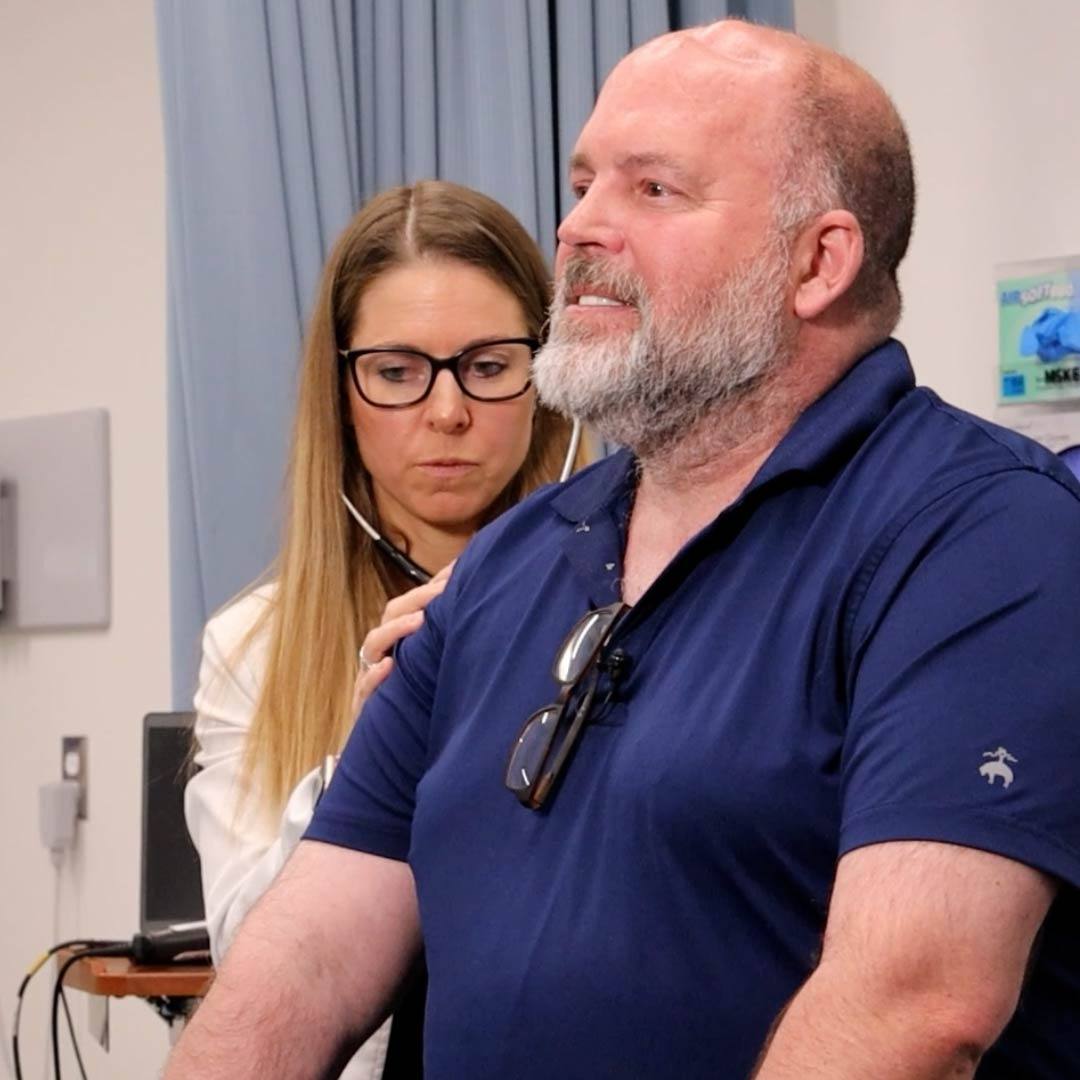-
Mayo Clinic Q and A: ‘Watermelon stomach’ isn’t what you might think
 DEAR MAYO CLINIC: My mother-in-law was diagnosed with internal bleeding in her stomach, a condition that her doctor told her is sometimes called “watermelon stomach.” Can you explain why it has this name, since her belly wasn't swollen? Is the treatment for it typically effective?
DEAR MAYO CLINIC: My mother-in-law was diagnosed with internal bleeding in her stomach, a condition that her doctor told her is sometimes called “watermelon stomach.” Can you explain why it has this name, since her belly wasn't swollen? Is the treatment for it typically effective?
ANSWER: The term watermelon stomach is another name for a condition called “gastric antral vascular ectasia,” or GAVE. With a name like watermelon stomach, it’s not surprising that the image of a large, oval-shaped belly may be the first thing to pop into your mind. Rather, the term comes from the internal appearance of the stomach lining in those who have gastric antral vascular ectasia. Engorged blood vessels in the lining of the lower part of the stomach often form as red stripes, and resemble the dark green and light green stripes on the outside of a watermelon. These blood vessels are prone to bleeding into the stomach.
Gastric antral vascular ectasia is a fairly rare cause of internal bleeding. It’s most commonly seen in older adults, especially women. It can be associated with long-term, chronic diseases, such as cirrhosis of the liver; autoimmune diseases, such as hardening and scarring of the skin (scleroderma); Raynaud’s disease; or kidney disease.
The key problem with gastric antral vascular ectasia is blood loss. While blood can be observed, such as blood in the stool or vomit, it often isn’t visible. Suspicion of internal bleeding may arise if a routine blood test shows depletion of red blood cells from iron deficiency (anemia) without an obvious explanation. Gastric antral vascular ectasia is usually then detected when an endoscopic exam of the esophagus, stomach and duodenum (EGD) is performed.
There are a number of treatment options for gastric antral vascular ectasia. The mainstay approach involves using an endoscope to apply targeted heat, such as from a laser or argon plasma coagulation, to cauterize and seal off the engorged blood vessels. Other techniques using the endoscope include banding and cryotherapy. Rarely, surgery to remove the involved area of the stomach may be required if endoscopic treatments are unsuccessful.
It often takes more than one treatment to seal off the blood vessels adequately. Blood transfusions may be needed in the interim to treat anemia until the bleeding can be controlled. Iron replacement by mouth or IV also can help improve the anemia. (adapted from Mayo Clinic Health Letter) — Dr. Kenneth W. Schroeder, Gastroenterology, Mayo Clinic, Rochester, Minnesota
Related Articles







